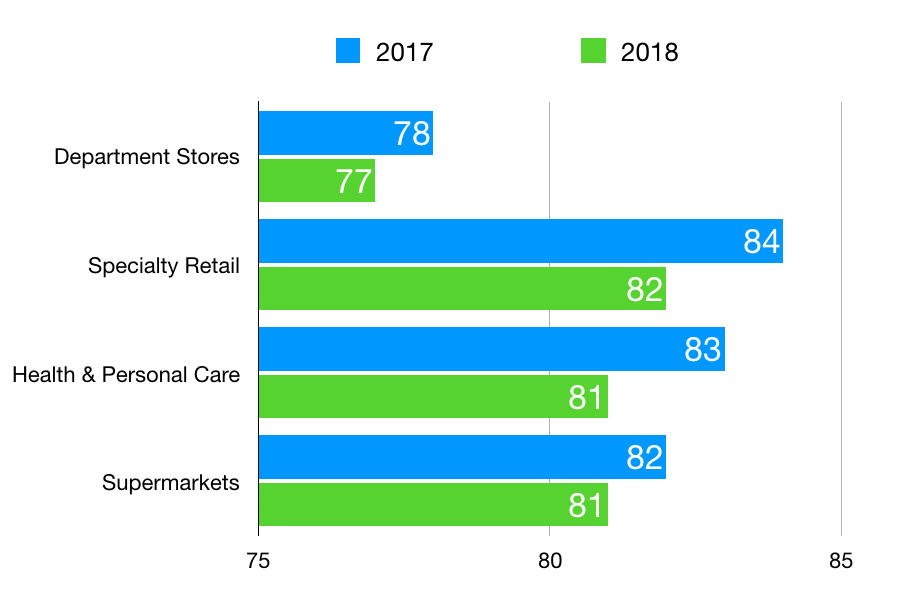Advertising disclosure: This blog participates in the Amazon Services LLC Associates Program, an affiliate advertising program designed to provide a means to earn fees by linking to Amazon.com and affiliated sites.
Remember that a person’s name is to that person the sweetest and most important sound in any language.
Dale Carnegie wrote that in his famous book, How to Win Friends and Influence People. The book was originally published in 1936, and calling someone by name is still a powerful way to build rapport.
It's a core concept in many customer service training programs. Calling customers by name is written into service standards and welcoming procedures. It's a tip I share in my Customer Service Tip of the Week emails.
Sometimes, learning a customer's name is easy. They offer it freely, it's displayed in your computer system, or learning their name is a necessary part of the interaction.
At other times, learning someone's name can be a bit more tricky. I decided to ask some of my colleagues for their suggestions on learning and using customer names.
Here are some tips that can help you overcome those challenging situations.
Tip #1: Listen with Intention
How many times have you heard someone's name and then instantly forgotten it? Jeremy, a customer experience director, suggests being more intentional. "My biggest thing with names is that I have to actually listen to their name when I ask for it."
Tip #2: Repeat It
Immediately repeating a customer's name can help commit it to memory. Nicolas, an editor, shared this tip. "I immediately try repeating their name right after they introduce themselves ('Nice to meet you, ____!') and when I end the first conversation ('Thanks for connecting with me ____, have a great day!')."
Tip #3: Ask How to Pronounce It
Some names are tricky. Jessica, a customer experience team lead, shared a tip to handle this situation. "I will ask them to pronounce it for me if I’m not entirely sure how to correctly pronounce it, that is if I can see what their name is before speaking with them. I find most people appreciate the effort taken to learn the correct pronunciation."
Tip #4: Ask How to Spell It
I've been doing a lot of book signings lately to promote my latest book Getting Service Right. I've learned the hard way that some names can be spelled many different ways. Take Kari for example. Which may also be spelled as Karie, Carrie, Kerry, Kerri, Karri, or Keri. So I always ask people how to spell their name before I write it in a book, even if the person's name is Joe. (Which might also be Jo, Jho, or some other spelling I haven't seen yet.)
Tip #5: Write it Down
Another way to ensure you retain someone's name is to write it down. Drew, a customer service vice president, shared this tip. "Our business is mainly done over the phone or online and in many cases the customer doesn't introduce their name to start. So, we start by listening about why they're calling and as soon as they're done, we ask their name before we continue on with the conversation and write it down in notepad on the computer."
Tip #6: Get Their Name from Their ID or Credit Card
If you serve customers face-to-face, you might easily get their name from the customer's identification, credit card, or something else. Ruairi, a library assistant, uses this tip. "When they register for a library card, they hand me their ID. I might say 'okay Sarah, what color library card would you like?'"
Tip #7: Spot Their Name on Luggage Tags
This one works well for hotel and airline employees. You can get a customer’s name from their luggage tag. And if you work at a convention facility, you’ll often spot guests wearing name tags from the various trade shows they're attending.
Tip #8: Create an Association
Some people find it helpful to associate a name with a characteristic that describes the person. Andras, a customer service manager, shared this tip. "I associate the first letter of their name with an apparent personality or physical trait. For example, John with 'jovial' or Oliver with 'observant' etc."
Tip #9: Create a Memory
Similar to creating an association, you can mentally repeat someone's name while thinking of how you've met them. Tom, an IT manager, shared this tip with me. "I try to memorize their face and associate it with their name and why I know them. For example I remember you from the HDI conference as the guy who signed his book for me. This helps me associate why I know you and what you do."
A Few Words of Caution
Try to avoid assumptions when using someone's name. For example, many people assume that I'm really a Jeffrey, so they call me Jeffrey in an attempt to sound smart.
The problem is my full name is Jeff. It's not short for Jeffrey, Jeffery, or even Geoffrey. So calling me Jeffrey backfires and creates less of connection than if the person had just called me Jeff.
I've made this mistake myself, calling Ronald "Ron," Christopher "Chris," or Jennifer "Jen." Today, I always take the other person’s lead and use the name they give me. Calling someone by a nickname without first making sure that's what they like to be called can unintentionally insult the person.
Years ago, another common concern was whether to call someone by their first or last name. Today, this is almost never an issue. First names are typically acceptable and often preferred. (This can vary a bit by industry or company, so it's not a hard and fast rule.) When in doubt, introduce yourself to your customer and notice what name they give. If they emphasize their first name, you know first names are okay.




















